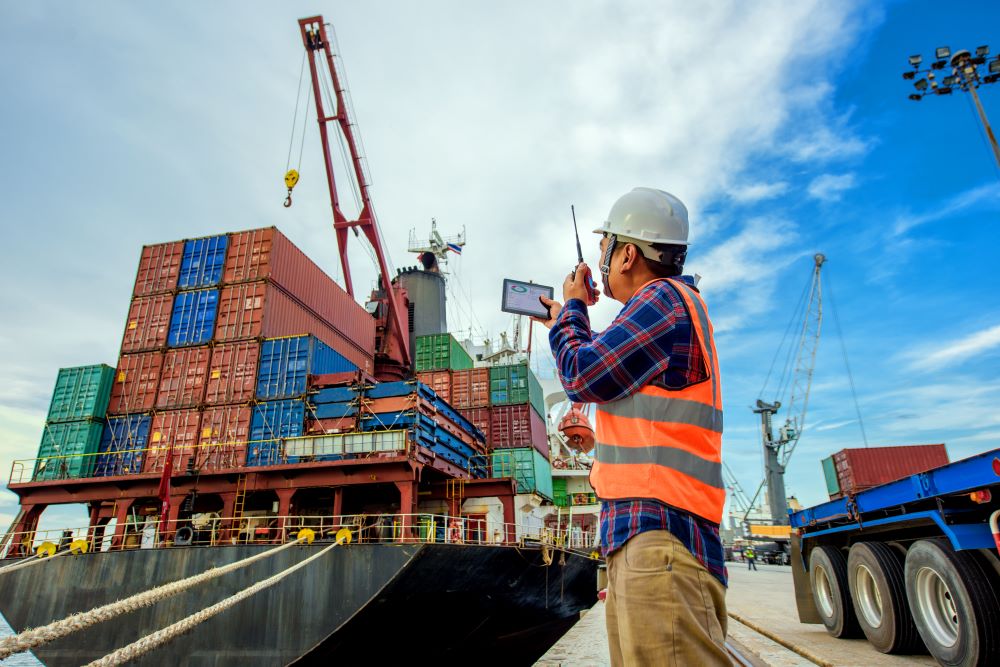
The global freight forwarding market saw double digit growth across almost all regions in the first half of 2021, a new report has found.
Overall growth of 19% bought the industry’s post-pandemic market value to €195,072m.
The report by Ti Insight notes soaring consumer demand has been behind a surge in global trade, with North America and Asia Pacific powering the recovery with H1 growth of 22.6% and 21.8% respectively.
Air and sea up
Air forwarding expanded at 26% while the sea forwarding market saw slower growth of 10.4%.
However, supply chain disruption, capacity constraints, and the resurgence of the virus will continue to impact trade and slow down the recovery and global freight forwarding growth in the short term, TI notes.
According to the report’s Covid Recovery Tracker for 2021, the global freight forwarding market will be just 2.3% larger than it was in 2019.
Capacity constraints and supply chain bottlenecks will dissipate over the period to 2025 with the global freight forwarding market expected to grow at a 5.1% CAGR over the five years to 2025.
Short-term challenge: Xmas
In the short term, retailers are making their own arrangements to ensure goods reach the UK in time for the festive season.
Supermarket Asda has chartered a cargo ship for the first time to ensure shelves are fully stocked this Christmas, reports the BBC.
It follows the example of John Lewis in the UK and Costco and Walmart in the US in taking the measure.
Long-term challenge: net zero
The largest retailers and their ocean carriers are being encouraged to play a bigger role in reducing their carbon footprint, reports the Loadstar.
A report by Stand.earth and Pacific Environment says the ocean shipping strategies of Walmart, Target, Amazon and IKEA play an outsized role in emissions and these firms must do more to become more environmentally friendly.
The four retailers accounted for an estimated 7% of US imports in 2020, with goods they brought in between 2018 and 2020 making up about 20m tonnes of carbon dioxide-equivalent emissions – as much as the annual emissions from five coal-fired power plants, the report claims.
Lead the way
Big business tried to show the role they can play at CLECAT Freight Forwarders Forum 2021, according to Lloyds Loading List.
Global head of DHL’s GoGreen programme Kathrin Brost said global logistics companies such as DHL need to lead the way in reducing freight transport’s carbon footprint.
“We can act as an accelerator and we must do so. It will help to build the market for clean and green technology much quicker if we all team up,” she said.
Andreas Foller, head of sustainability at Scania, agreed that larger companies – and governments –need to play their part. “We cannot put all the costs and risks for going electric on the transporters,” he said.
He highlighted the global MOU (Memorandum of Understanding) for heavy road transport signed at Cop26 with leading nations committing to net zero tailpipe emissions, adding that Scania is working to have 50% of its vehicles electric by 2030.



